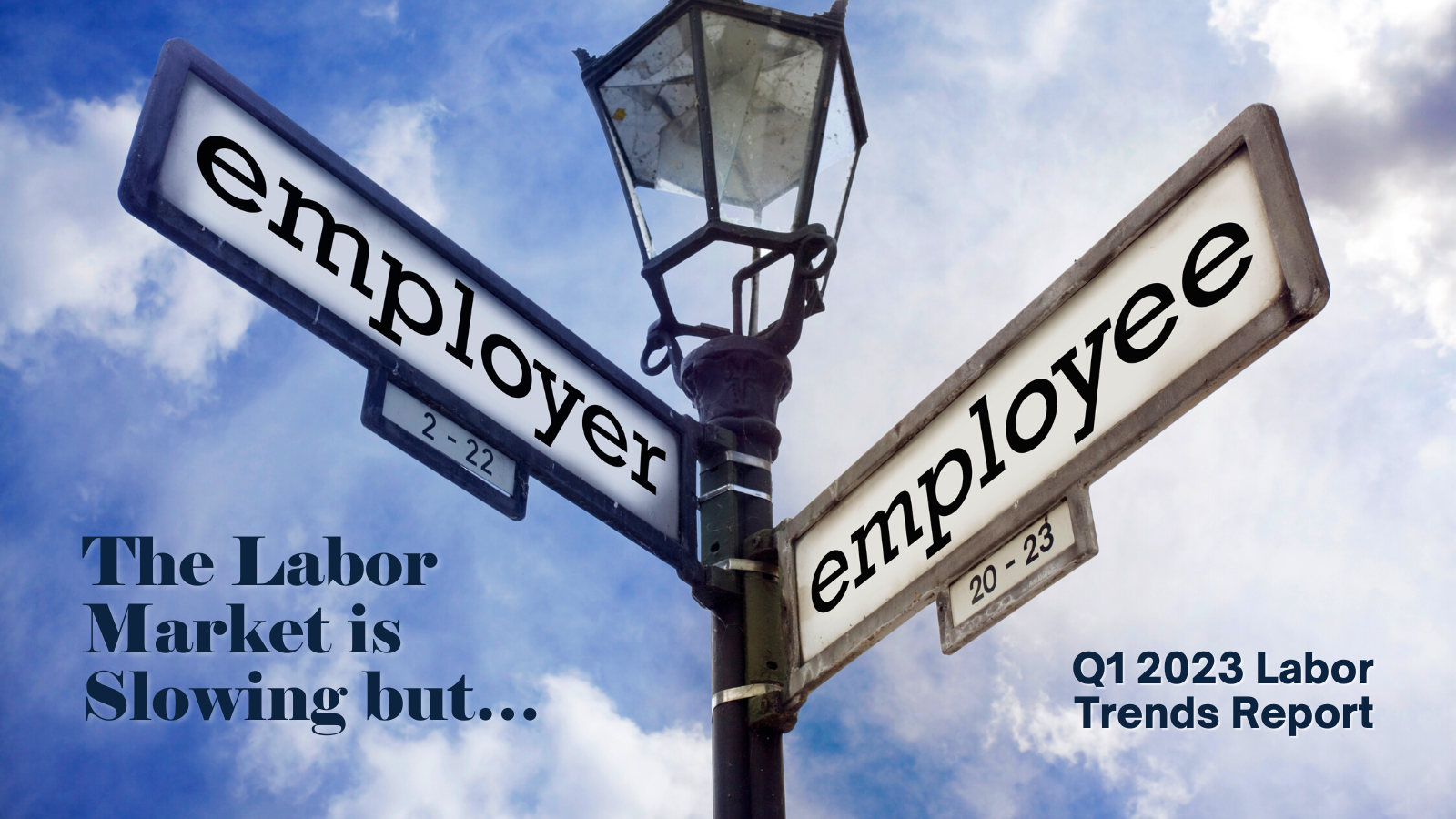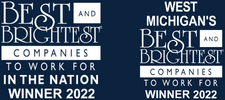In many situations, how you start sets the tone for how things will progress and where expectations are. When it comes to hiring efforts, and more specifically retention, an employee’s onboarding process is crucial to their success and their future with your organization.
Onboarding is a window into your company’s values and beliefs. Your actions during the process help set






.png)



.png)


